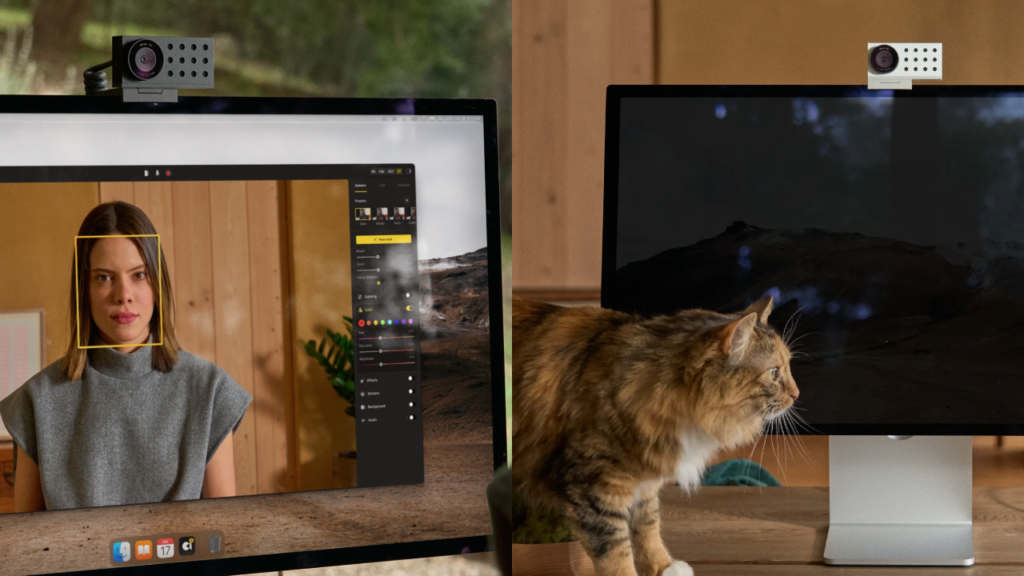In a significant move, OpenAI has invested $60 million in Opal, a startup renowned for its high-end webcams. This Series B funding round, led by OpenAI, marks a strategic effort to incorporate advanced AI capabilities into everyday consumer devices.
Opal’s Flagship Webcam and Future Innovations
Opal, previously known as Opal Camera, has made a name for itself with its premium $300 webcams designed for professional use. These webcams, like the popular “Tadpole” model, are acclaimed for their superior resolution and compact design, catering to professionals who demand high-quality video for meetings, streaming, and content creation.
However, Opal’s ambitions extend beyond webcams. With the new infusion of capital from OpenAI, the company plans to innovate further by developing AI-driven devices. These upcoming products are expected to integrate OpenAI’s cutting-edge technologies, such as the image generation model DALL-E and the video generation tool Sora, thereby offering enhanced functionalities and smarter user experiences.
Read more: OpenAI Re-launches Advanced Voice Feature Following Initial Setback
OpenAI’s Broader Strategy
This investment aligns with OpenAI’s broader strategy of embedding AI into consumer hardware. By partnering with hardware companies like Opal, OpenAI aims to bring its advanced AI models into more practical, everyday applications. This initiative is part of OpenAI’s venture capital fund, which has supported over a dozen startups since its inception, reflecting OpenAI’s commitment to pushing the boundaries of AI innovation.
For instance, OpenAI recently collaborated with Broadcom Inc. to develop custom AI chips, signaling its ambitions to enhance AI hardware capabilities. Additionally, OpenAI’s hiring of former Google engineers with expertise in machine learning accelerators further underscores its focus on advancing AI technologies in the hardware space.
Read more: OpenAI Unveils SearchGPT Prototype: A Leap Forward in AI-Driven Search Technology
The Future of AI-Integrated Devices
Opal’s transition from producing high-quality webcams to developing AI-integrated devices represents a significant evolution in consumer tech. These new AI-powered products are anticipated to revolutionize how users interact with technology, making tasks like video recording, image creation, and content generation more intuitive and efficient.
By leveraging OpenAI’s sophisticated models, Opal’s future devices could offer unprecedented features, such as real-time video enhancement, automated content generation, and even interactive AI capabilities. This fusion of hardware and AI promises to deliver smarter, more versatile tools for professionals and everyday users alike.
Conclusion
OpenAI’s $60 million investment in Opal is a testament to its vision of integrating AI into everyday devices. As Opal embarks on this new journey with advanced AI technologies, consumers can look forward to a new era of intelligent devices that enhance productivity and creativity. This partnership not only bolsters Opal’s innovative capabilities but also reinforces OpenAI’s position at the forefront of AI-driven technological advancements.



